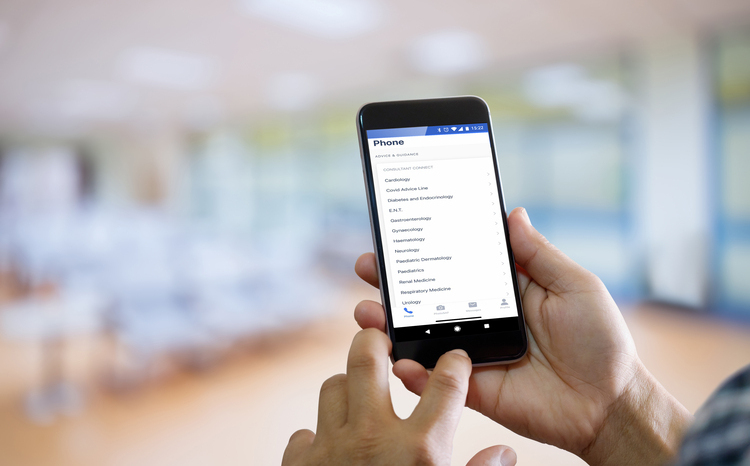Yorks telehealth delays run up costs
- 17 January 2012

The planned benefits of the largest telehealth scheme outside the whole systems demonstrator programme have not been realised and GPs are now being given incentive payments to use it.
NHS North Yorkshire and York introduced a pilot telehealth scheme in 2009 and extended it in early 2010 with a £3.2m contract for 2,000 devices.
However, the roll-out of the devices has been significantly delayed. Initial plans for the contract with Tunstall were to have 1,500 units in use by the end of the 2010-11 financial year. But in June 2011 only 350 of the 2,000 units had been deployed.
That meant that estimated savings, which were based on the full roll-out, were not made. While the primary care trust had planned on saving £3.4m by the end of 2010-11, it only achieved savings of an estimated £196,000.
An internal audit report does say that the potential savings, once all the units have been deployed, are now expected to be in excess of those originally estimated.
But the trust appears to be having difficulty getting all the devices deployed. The report makes several references to lack of clinical engagement, and the PCT has resorted to paying practices to introduce the system.
The trust’s assistant director of strategy, Kerry Wheeler, maintained there were no incentives being offered to GPs; but said the PCT was giving practices a one-off payment of £200 and additional £50 per installation.
In addition, patients who need the service for six months or longer will earn the practice another £50.
“After working with a number of GP practices to get up and running with telehealth, we identified the need to offer a small payment to cover the initial workload associated with identifying and referring patients,” Wheeler said.
The revised plan is to have all the devices rolled out by March this year. Tunstall told eHealth Insider in a statement the programme was ‘on trajectory’.
“Current referrals are 659 and active patients are 410. This is the largest deployment of telehealth systems in the UK, outside the Department of Health’s whole systems demonstrator sites, and could in no way be described as unsuccessful.”
The trust has also been forced to find a way of paying for the storage of the devices while they complete the roll-out.
The audit report states that while the units are in storage they are incurring revenue costs, and savings are not being generated to cover these costs.
The current budget for revenue costs is overspent and the finance department has estimated revenue cost pressures to be around £406,000.
NHS North Yorkshire and York has been criticised locally for the way it went about investing in the scheme in early 2010.
After beginning a pilot scheme in September 2009, the trust board was advised the project would be scaled-up, with a wider roll-out of 1,000-2,000 devices.
The audit report found no official business case for the second phase had been produced, and the procurement process to find a supplier had already begun when the board directors were asked to approve funding of £2.2m.
The local strategic health authority was to provide £1m in funding. The directors were encouraged to approve investment prior to formal papers being produced to secure funding that the PCT would otherwise lose post March 2011.
At this time, tender documentation and a specification had already been issued to suppliers.
Tunstall was subsequently awarded the contract, and 2,000 telehealth devices bought.
The audit found no evidence to explain why so many devices were purchased, other than ‘anecdotal’ reports that the decision was “not based on any prevalence or other data, but rather on the maximum number of units that the PCT could afford.”
Wheeler said the decision to buy 2,000 devices was taken after considering that 50,000 people in North Yorkshire and York live with long term conditions, which might be managed with the devices.
The audit report concluded that while the trust had adhered to standing orders and standing financial instructions, there had been failures in the decision making process.
“The most significant gaps relate to evidence of the decision making process to invest in 2,000 telehealth units and the absence of a fully documented business case.”




